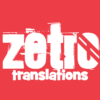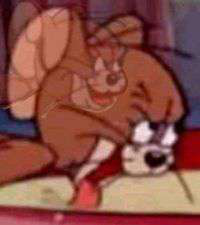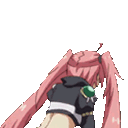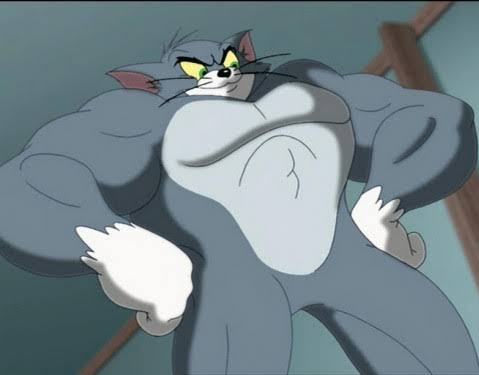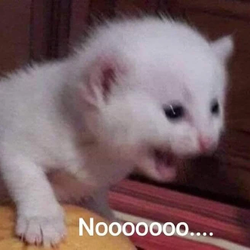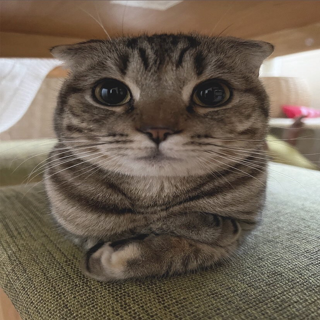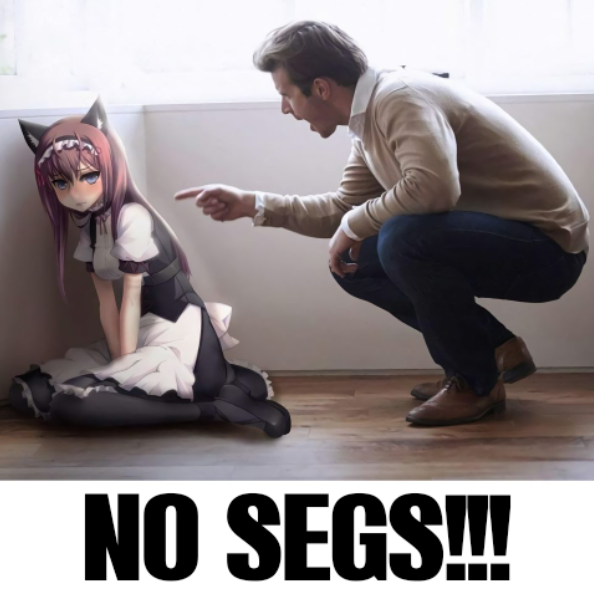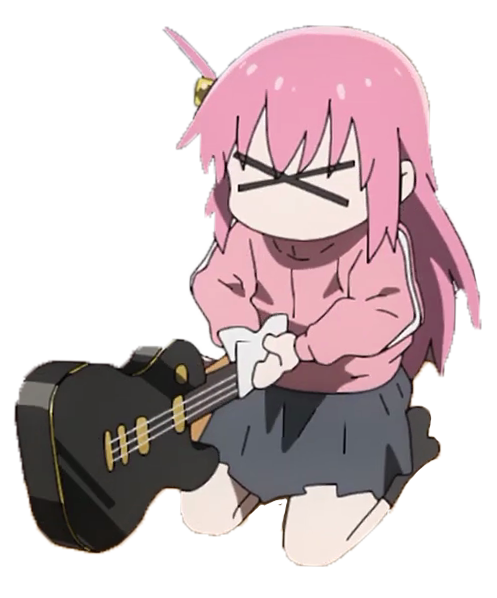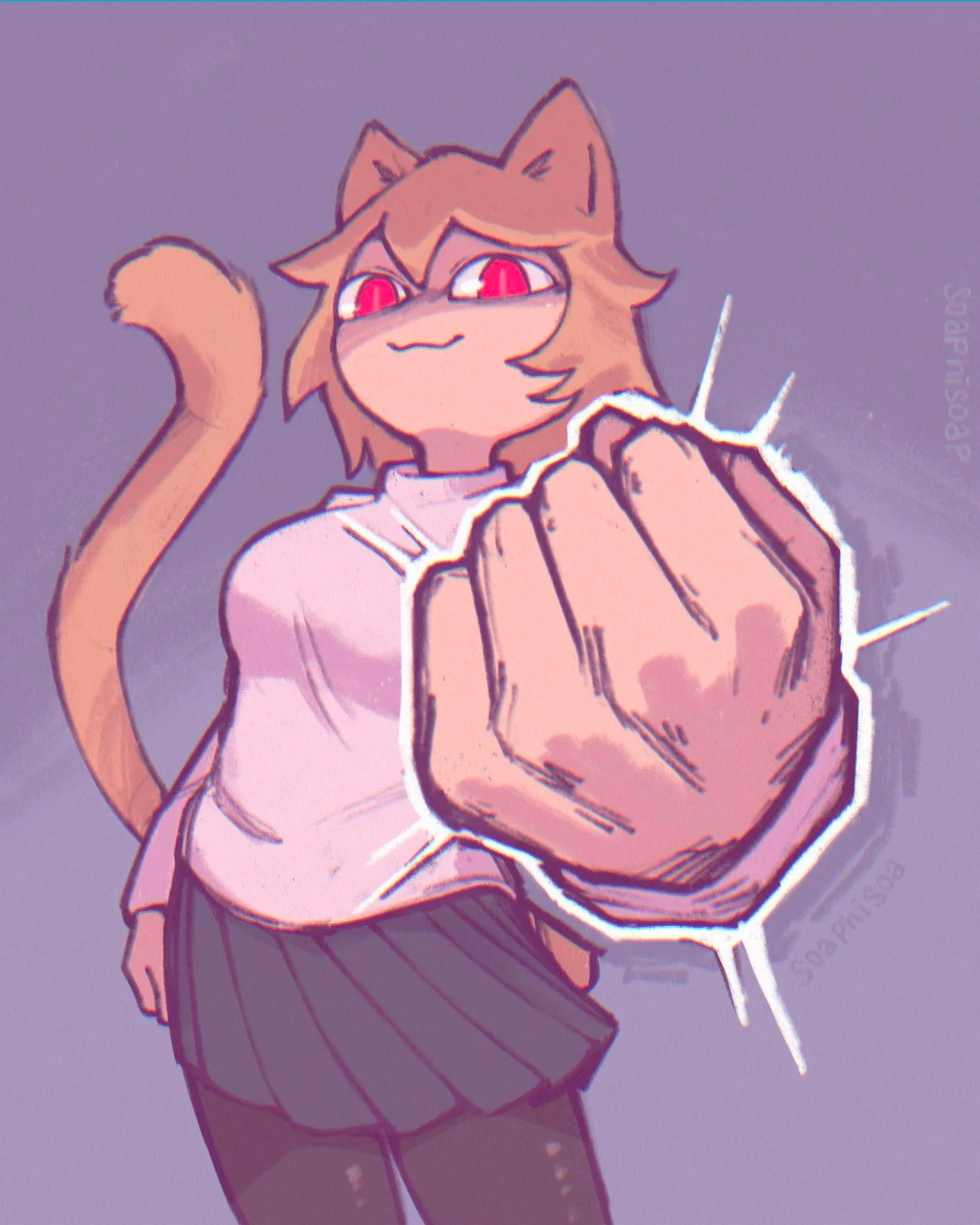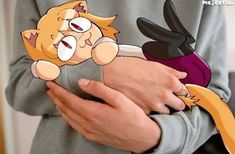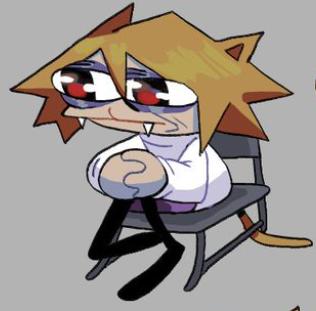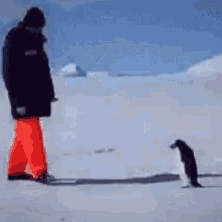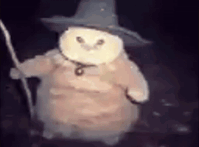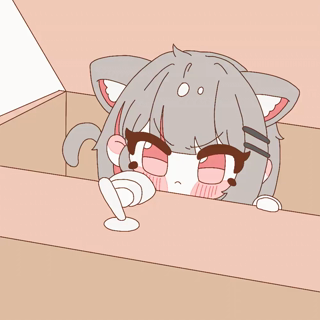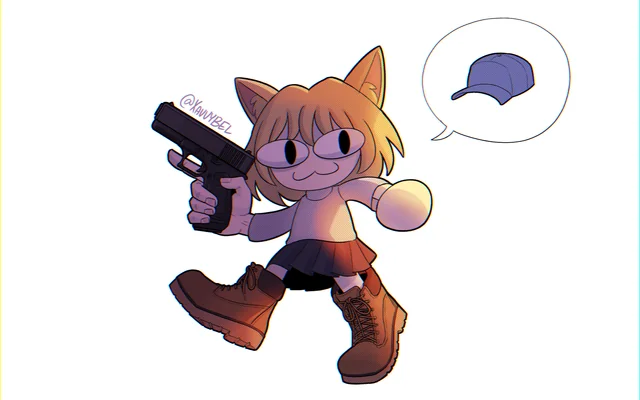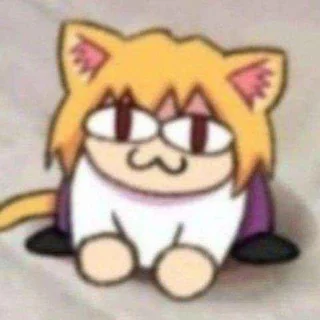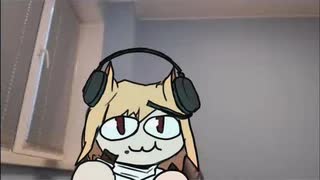Calligrapher's beautiful character life in another world ~Daily life matchless with collection and character magic? ~ - Chapter 16 - 17
- Home
- All
- Calligrapher's beautiful character life in another world ~Daily life matchless with collection and character magic? ~
- Chapter 16 - 17 - Let's summarize the differences between Enchantment magic and Runic magic
Calligrapher’s beautiful character life in another world ~Daily life matchless with collection and character magic? ~
Chapter 16 Let’s summarize the differences between Enchantment magic and Runic magic
Continuing the verification process.
Then, comparing it to the 【Enchantment Magic】 I heard about from the workshop staff.
【Enchantment Magic】
Directly imbue an item with magic to trigger its effect.
The written text serves more as a seal to ensure the embedded magic doesn’t dissipate.
Even if the characters fade or get damaged, the magic itself doesn’t disappear.
By supplying magic once more, the same effect can be triggered repeatedly.
For some items, the user’s magic is required to activate the magic and maintain the effect.
【Runic Magic】
The magic resides within the written characters themselves.
The meaning conveyed by the written characters manifests and sustains as a phenomenon.
If the characters vanish or get damaged, the effect is entirely nullified.
Even if you rewrite the missing parts, the effect is vastly inferior.
It’s likely that the user’s magic is not necessary.
This… is quite different from the desired 【Enchantment Magic】, isn’t it?
Is someone claiming to be an Enchantment Mage when the difference is this significant?
“So, what I need to think about is…”
The method to prevent the characters from fading.
This is the most crucial and, also, the most challenging part.
After all, if I can’t directly write on the item I want to enchant, I’ll have to keep the paper with the 【Runic Magic】 in constant contact.
To make the characters visible but not let them vanish…
There are size limitations, and above all, the characters need to be beautiful, or I won’t achieve the best possible effect.
I tried using a pen to write the characters after carving them.
However, it seemed like my handwriting wasn’t up to par, as it produced an effect that was barely useful.
…It’s impossible to create beautiful characters through carving or relief work.
After all, I’m a writer…
In times like these, there’s nothing like writing my favorite characters to calm my heart.
I haven’t practiced calligraphy recently.
Maybe I should try writing in Gothic Quadrata.
“Hmm, what should I go with?”
As I contemplated the words to write, I began to spell out the spell in the air.
…Characters floating in the air?
Ink spill?
No, they’re actually floating.
I cautiously brought the metal plate I had been holding closer.
The copper plate had blue-ink characters stuck to it.
“SILVER”
Yes, it was the word I had written in the air.
The Gothic Quadrata font I had constructed in my mind had been written on the copper plate.
And now, the copper plate had turned into silver.
Chapter 17 Let’s experiment with new discoveries
It turned silver.
It seemed the material had changed from copper to silver.
No, even more importantly!
On the silver-plated surface, the characters remained the same color as the ink.
Rubbing it, splashing water, or trying to erase it didn’t work.
Neither detergent nor alcohol could remove it.
Even when I tried to scrape it off, it was unyielding.
Despite scratches appearing around it, the characters themselves remained untouched.
Even when I tried to cover them with a black permanent marker, the letters reappeared over time.
Can I write other words in the same place?
Next to “SILVER” on the silver plate, let’s write something else.
I floated the fountain pen slightly above the metal sheet to avoid touching it.
The ink wrote characters in the air.
“SWORD.”
The characters adhered to the plate.
A gentle swoosh, and the ink was absorbed into the metal… turning the silver plate into a small sword.
I guess the mass couldn’t be altered.
It was about the size of a cutter.
Next, I wrote “BOARD” right above the letters in “SWORD.”
“It’s overwritten…!”
The letters of “SWORD” disappeared, replaced by “BOARD.”
Then the sword returned to a board.
This time, I wrote “剣” (sword in Japanese characters) on top of it.
Previously, it looked like a Western two-handed sword, but this time it took the shape of a Japanese katana.
However, it lacked a hilt or guard; only the blade remained.
Even with the same meaning, different characters resulted in different outcomes.
“It seems like the characters written in the air can alter the state of what they attach to.”
I decided to try writing air text on paper.
“SILVER”… and it turned into silver paper.
It had a texture similar to silver origami paper.
Even when written in katakana, there was no change.
Probably because “シルバー” was not Japanese.
Writing directly on paper had a completely different effect on the item.
However, the paper did not turn into metal; it seemed to only transform into materials related to the original.
“This 【Character Magic】… it’s quite versatile, isn’t it? It’s starting to feel like alchemy.”
If you wrote “GOLD” on metal, it would probably turn into gold.
If you wrote “DIAMOND” on a stone, it would likely become a diamond.
This power must never be misused.
By the way… could air text be somewhat similar to 【Enchantment Magic】?
I tried using markers and pencils, but aside from fountain pens, I couldn’t write air text with anything else.
Of course, writing with my finger didn’t work either.
“It might be impossible for metal, but what about paper?”
I tore the silver paper that had transformed through air text to see if the text would break.
It returned to ordinary paper.
So, if I turned iron into gold, would the text dissolve as well and revert to iron?
I wrote, “Metals touched by this paper shall melt,” on a small piece of paper and placed it on top of the text on the silver sword.
With a molten flow, the metal melted, and the silver turned back into copper.
The “sword” hasn’t disappeared, but it has transformed into a small copper dagger with fewer separated parts, perhaps due to not completely melting.
The melted copper still remains in a liquid state on the table.
Upon removing the paper that instructed it to melt, it solidified in its current form.
I’m starting to feel like I’m in a science experiment.
